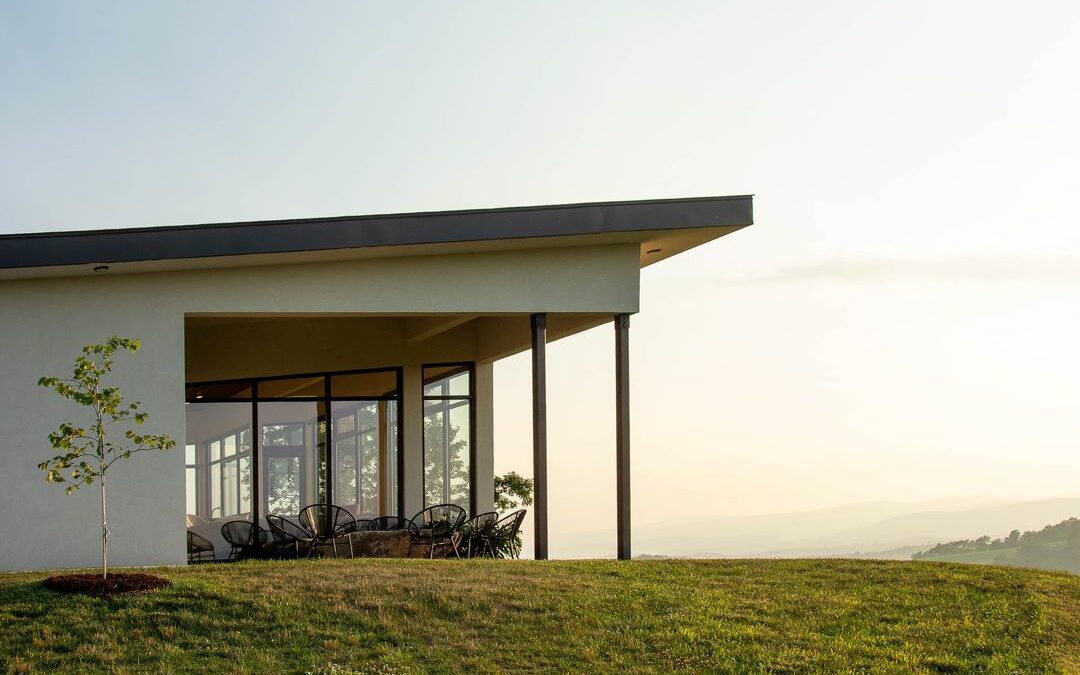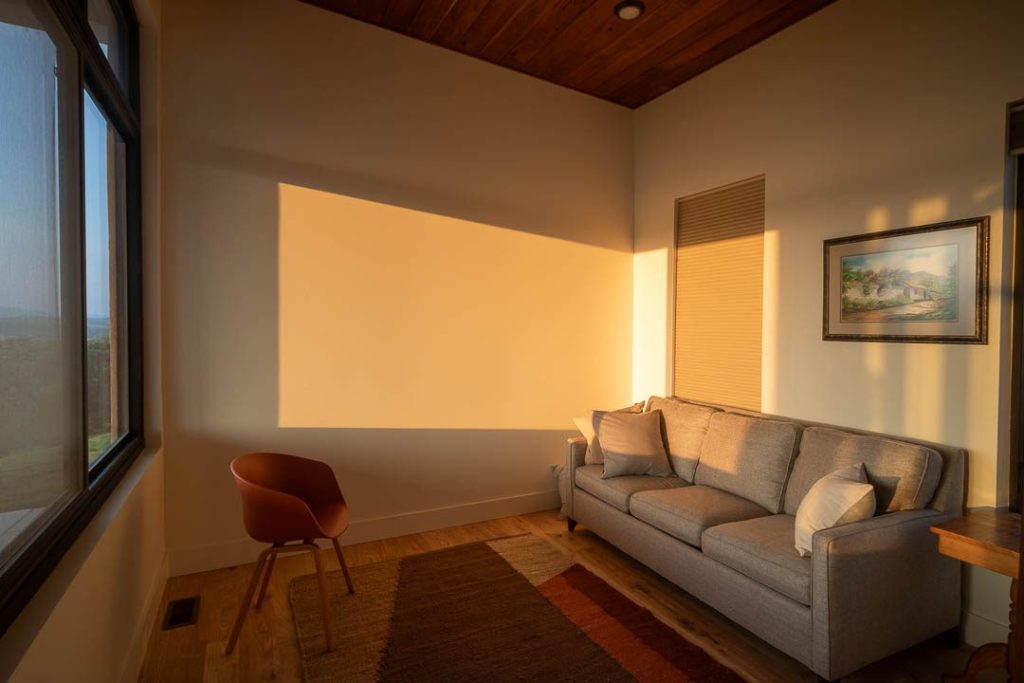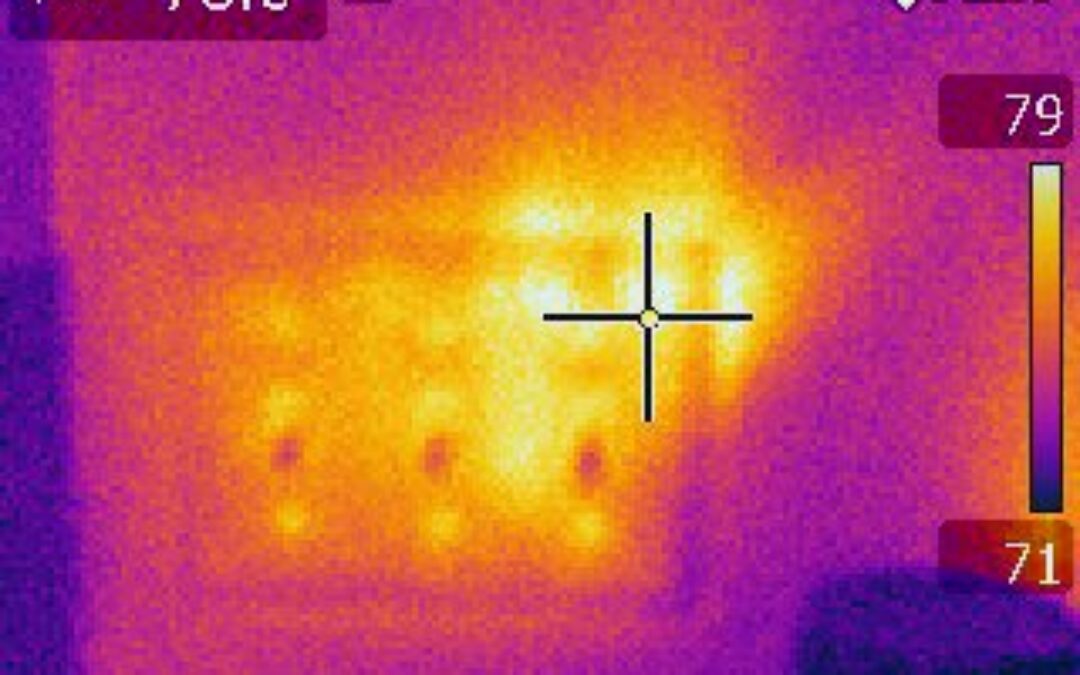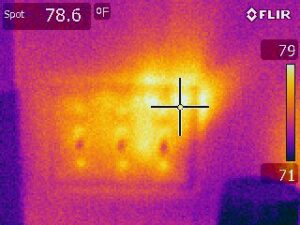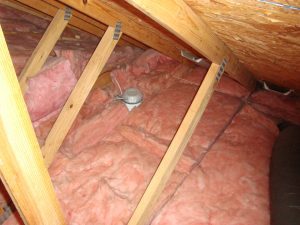The beautiful Virginia leaves are changing to oranges and yellows, and fall is upon us. As we slip into cozy, chilly days, now is a good time to prep your home for the colder winter days ahead. It’s also a good time to make sure your home is healthy for the increasing amount of time we spend indoors. To get you started, here are 10 things you can do for your home this fall to help you improve its energy efficiency and safety and save you money.
The good thing is, you don’t have to do everything on this list to save yourself money and make your home safer, even just doing one or two things can help! So if doing all of these isn’t realistic for you, try doing one or two this year. Consider this a starting point for future updates.

1. Seal Windows and Doors
Ensure your home is energy-efficient and reduce the outdoor allergens in your home by sealing gaps around windows and doors. You can add weatherstripping to stop the air leaks, and a quick caulking job can prevent drafts and reduce your heating costs in winter. Use a windy day to help identify air leaks, or give us a call and Charles can help you find leaks with a free energy-audit.
2. Inspect and Clean Your Gutters
Late fall is the perfect time to clean out debris from your gutters to prevent blockages and water damage. All the leaves and twigs that have accumulated can create blockages which can lead to stagnant water, which attracts pests and provides a place for mold to grow. Once the temperatures dip below freezing, sitting water will freeze and expand, which can cause cracks in the gutter system and damage to your home’s exterior. Cleaning out your gutters can protect the structural integrity of your home and help avoid expensive repairs in the future. For more detailed information, check out American Home Contractors blog: “How to clean gutters in Virginia?“.
3. Check and Upgrade Insulation
Check the insulation in your attic and crawl spaces to make sure your home stays warm. Consider upgrading to more energy-efficient insulation if needed. More on insulation on our blog post: “Insulation in your attic can determine your comfort in your living room“.
4. Trim Trees and Shrubs
Before the winter storms, trim any deadwood and overgrown branches that could fall and cause damage to your home or power lines during high winds, heavy ice, or snow.
5. Check and Clean Dryer Vents
Lint buildup in dryer vents is a common fire hazard. Clean your dryer vent thoroughly to reduce the risk of fire, speed up drying time for each load, and help save electricity.
6. Service Your HVAC System
Schedule a professional inspection for your heating system to ensure it’s working efficiently. Replace filters and clean ducts for better air quality. Leaves can also pile up around your outdoor heat pump which can drastically reduce the efficiency of the unit, so make sure to check outdoors too.
7. Inspect The Fireplace and Chimney
If you have a fireplace, now is the time to clean and inspect your chimney. Ensure it’s free from debris or creosote build-up for safe use during the colder months.
8. Check Your Home’s Exterior for Damage
Look for cracks, gaps, or damage to siding, brickwork, and foundation. When water seeps into small cracks or gaps in the siding, brickwork, or foundation, it can freeze during cold temperatures. As water freezes, it expands, causing the cracks to widen. Repeated freezing and thawing can lead to significant structural damage, like crumbling brickwork, larger gaps in siding, or even foundation shifts. Addressing small issues now can prevent larger problems as temperatures drop.
9. Test Smoke and Carbon Monoxide Detectors
If you’re making your way through the list, why not ensure all your safety alarms are functioning properly? It’s always a good idea. Replace batteries and test the devices to ensure that they’re working when needed.
10. Winterize Outdoor Faucets
Disconnect hoses, drain outdoor faucets, and install insulated covers to prevent frozen pipes during winter. This small task can prevent major plumbing issues. Forbes Home gives a quick and easy How-To in their beginner guide: “How to Winterize Outdoor Faucets“.






